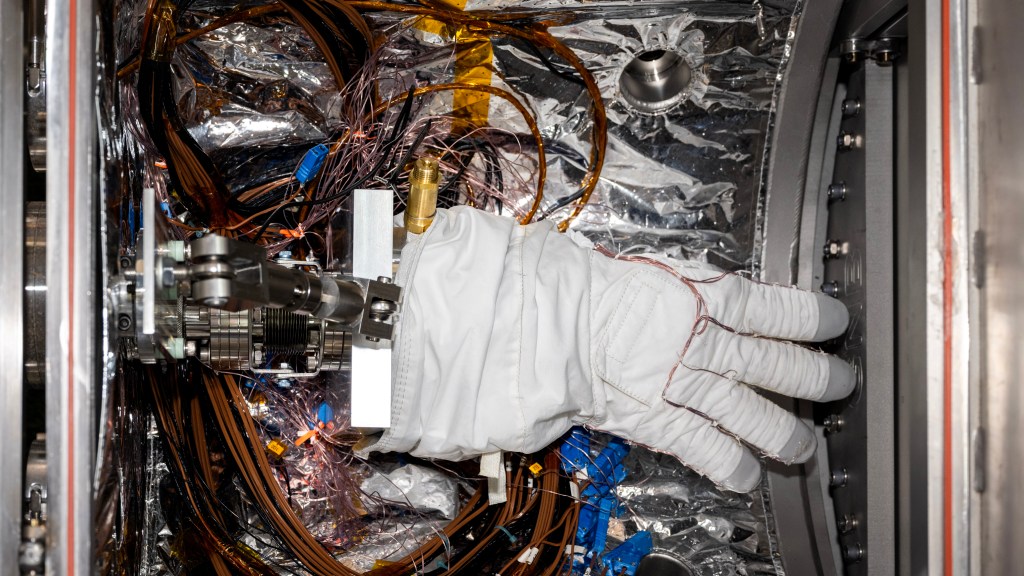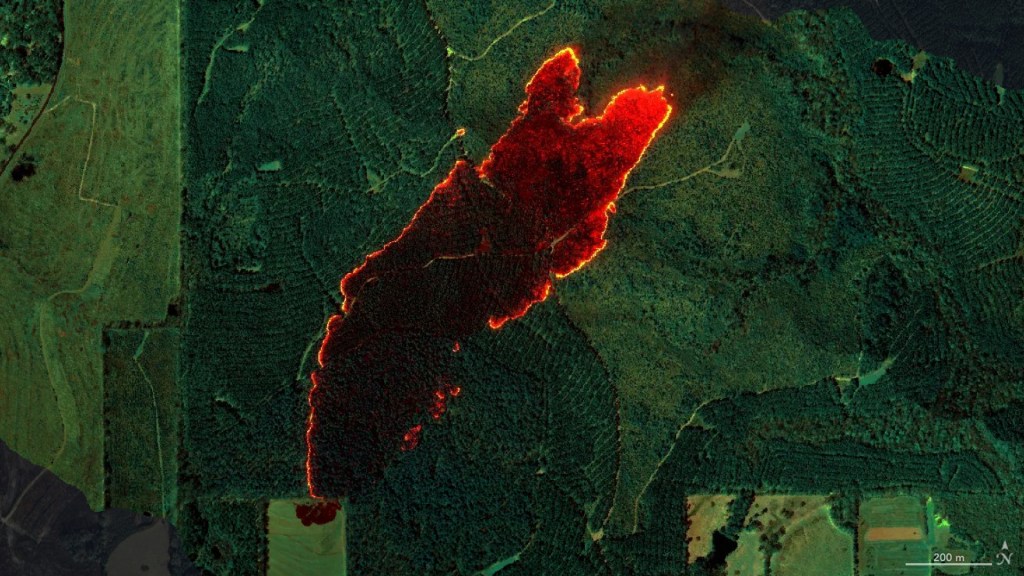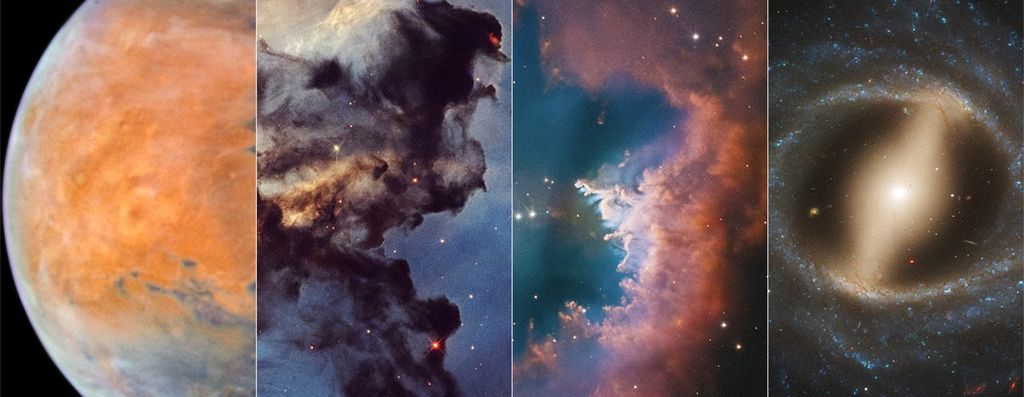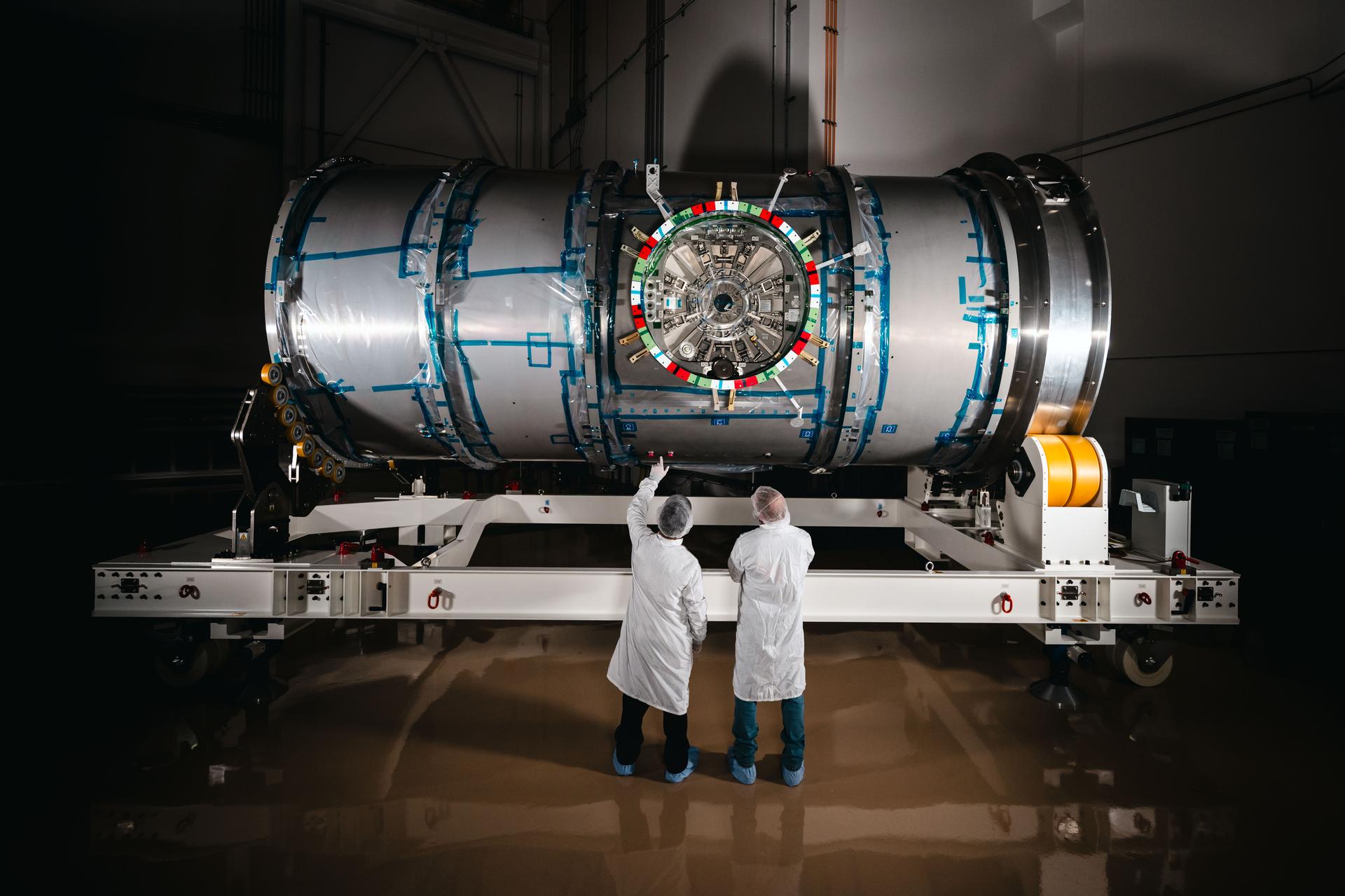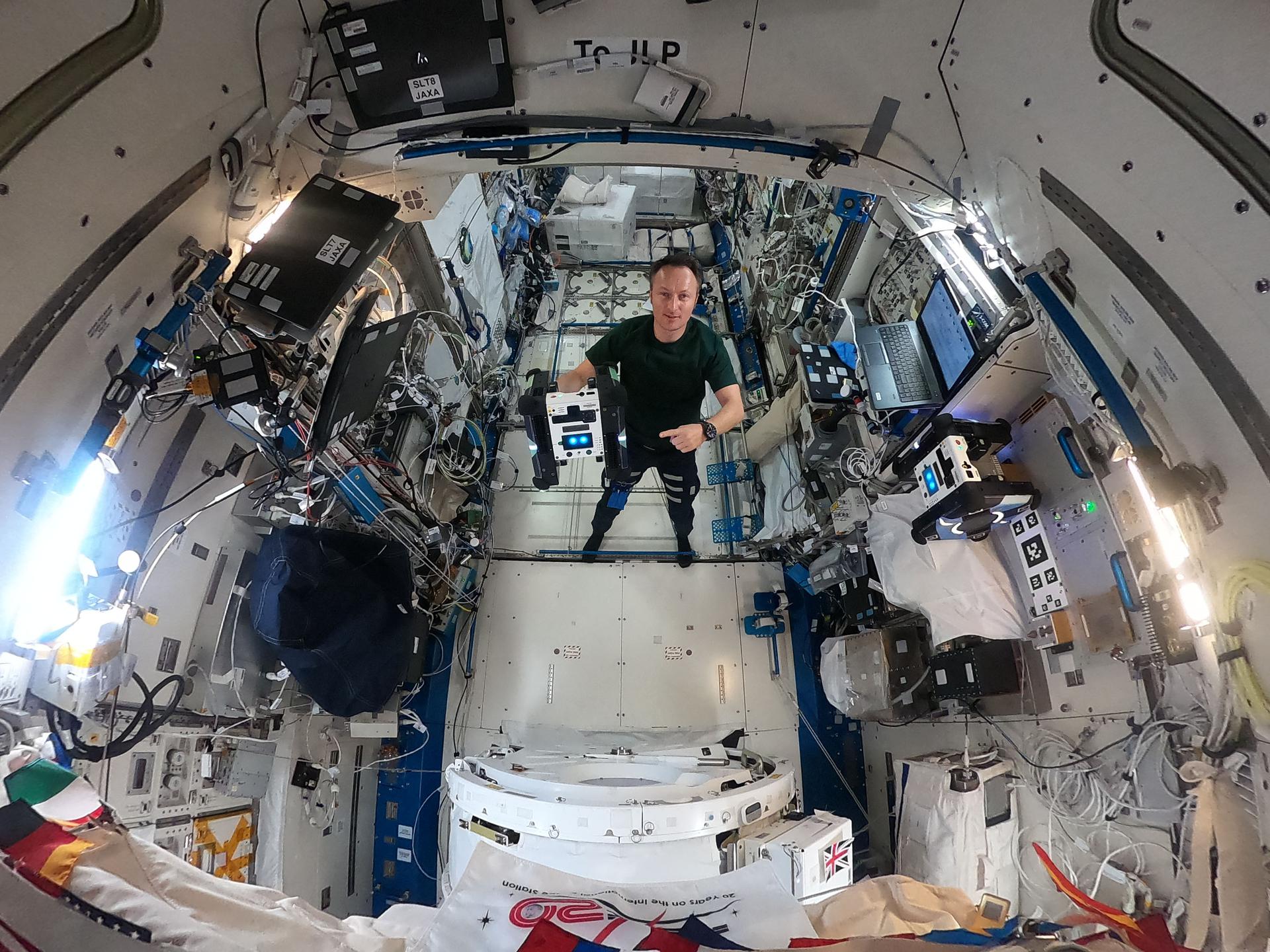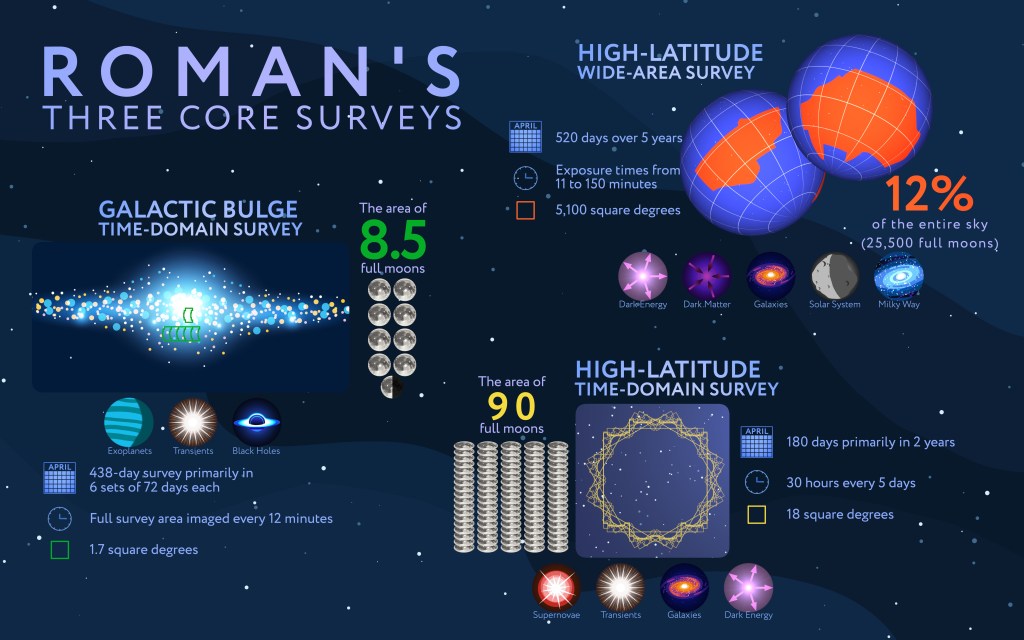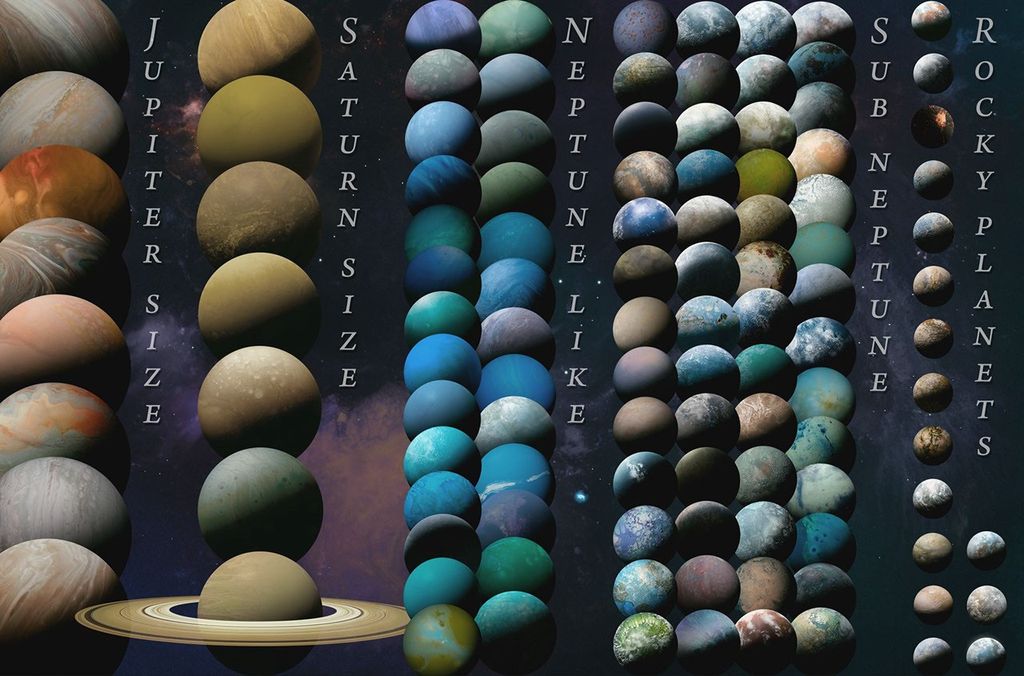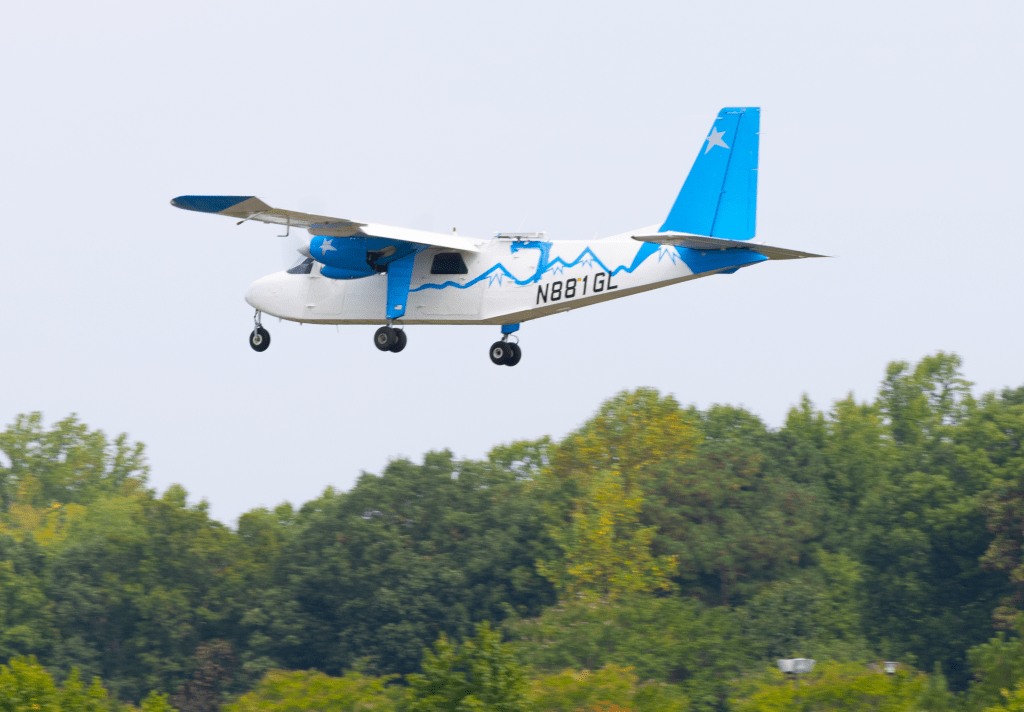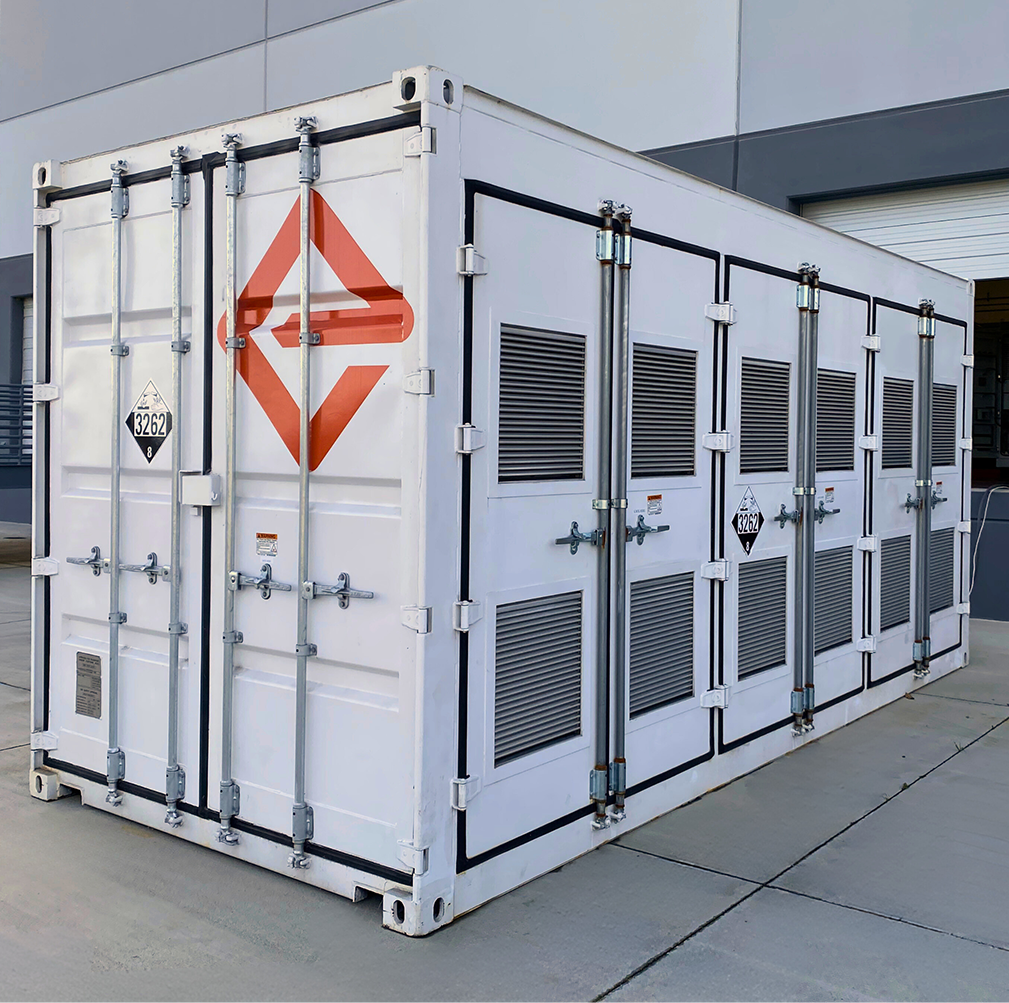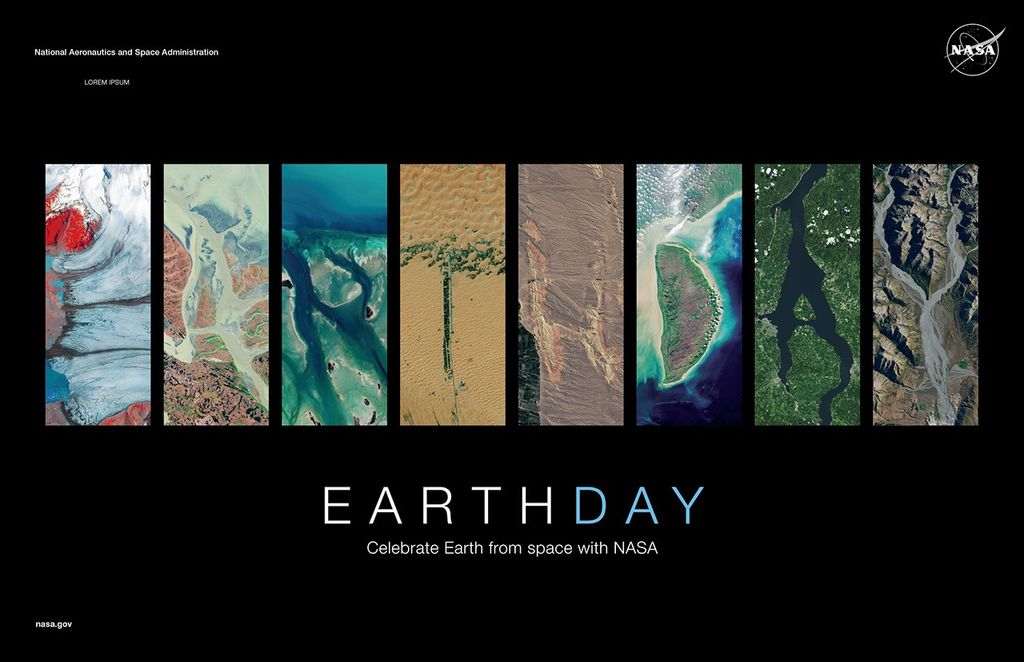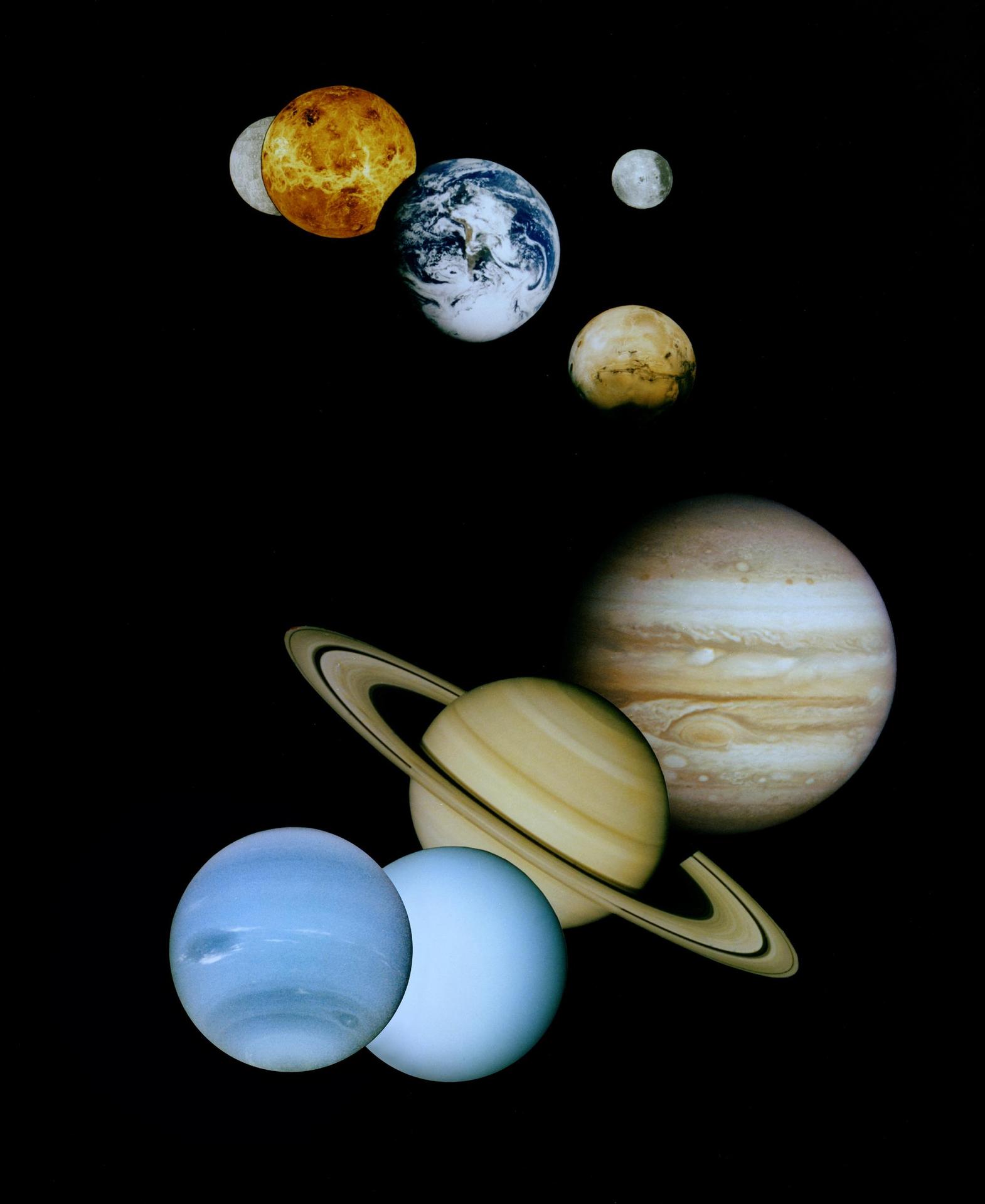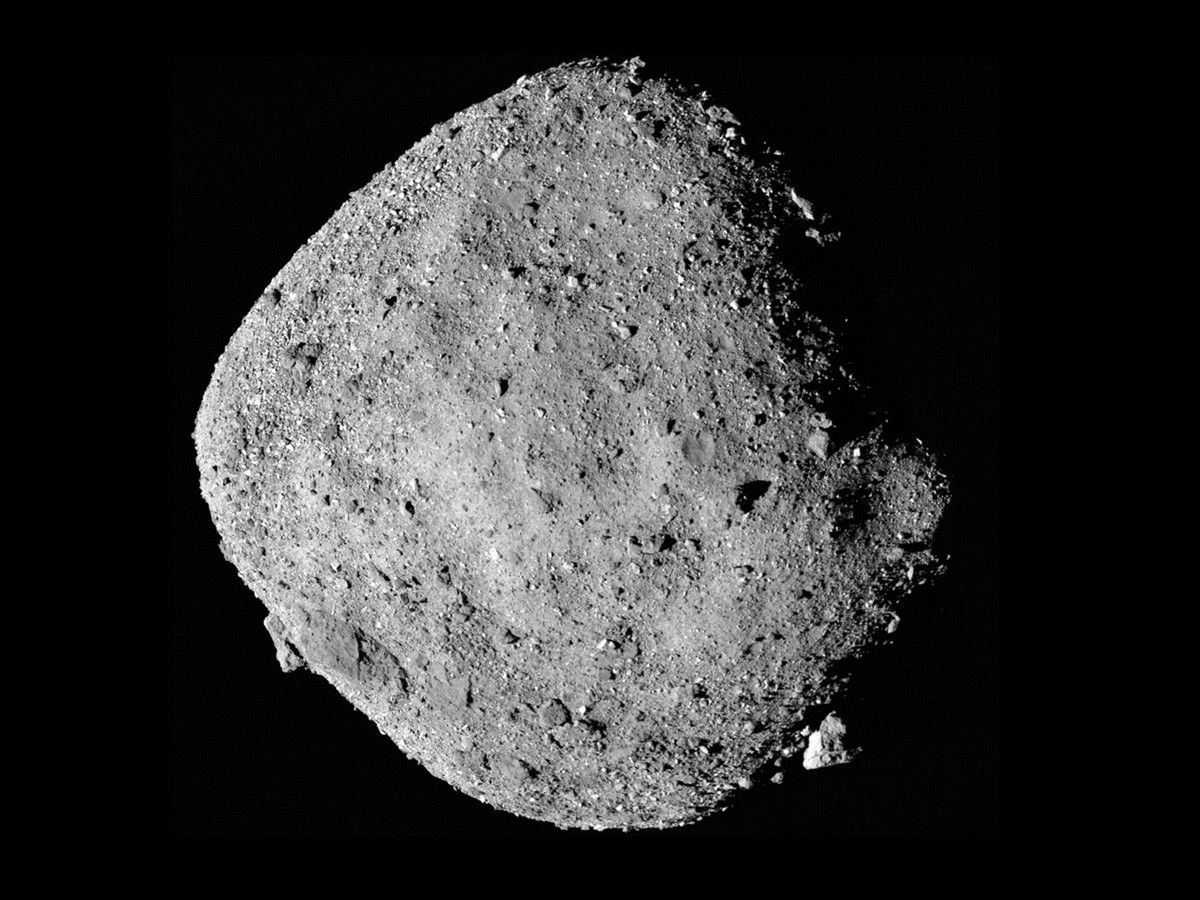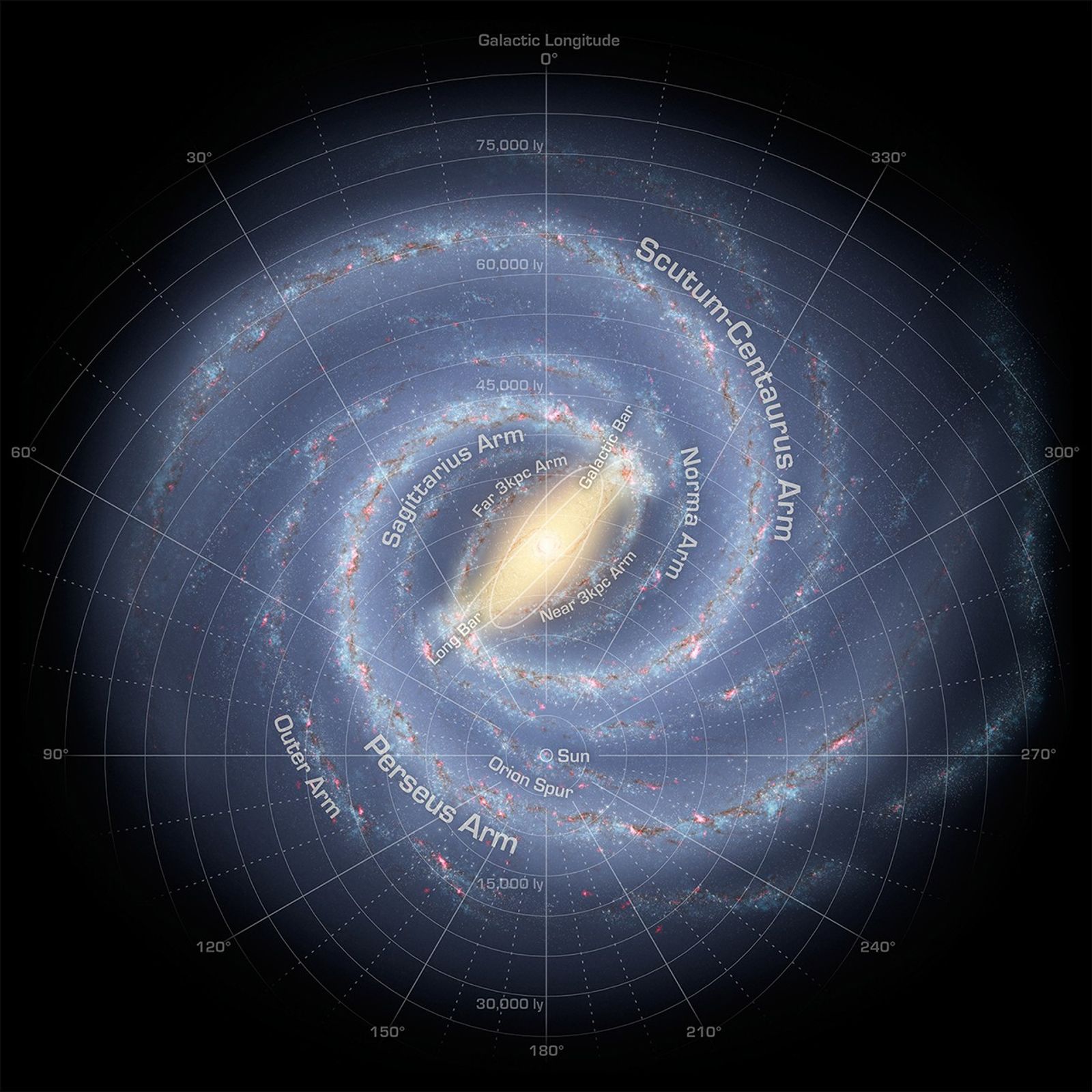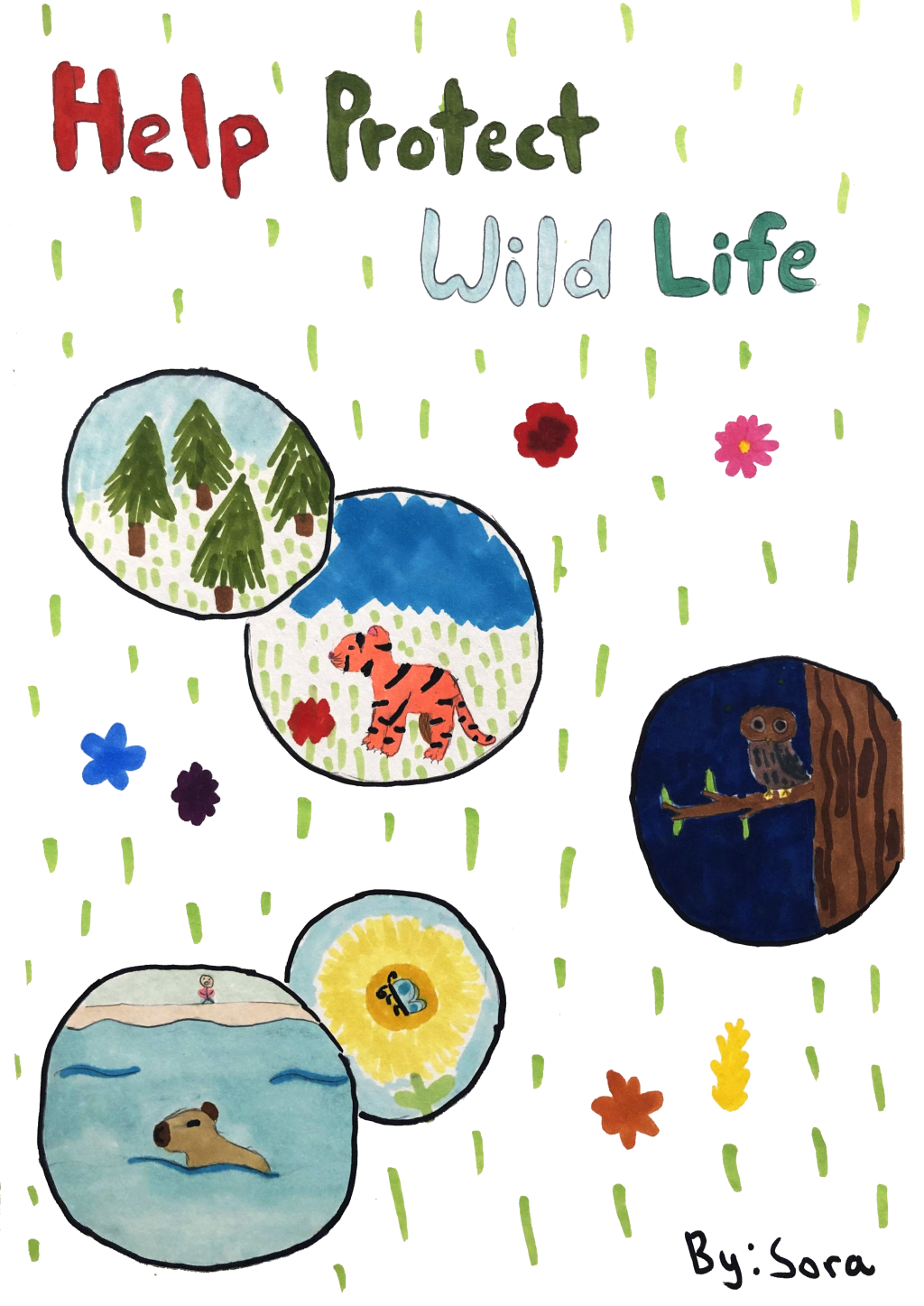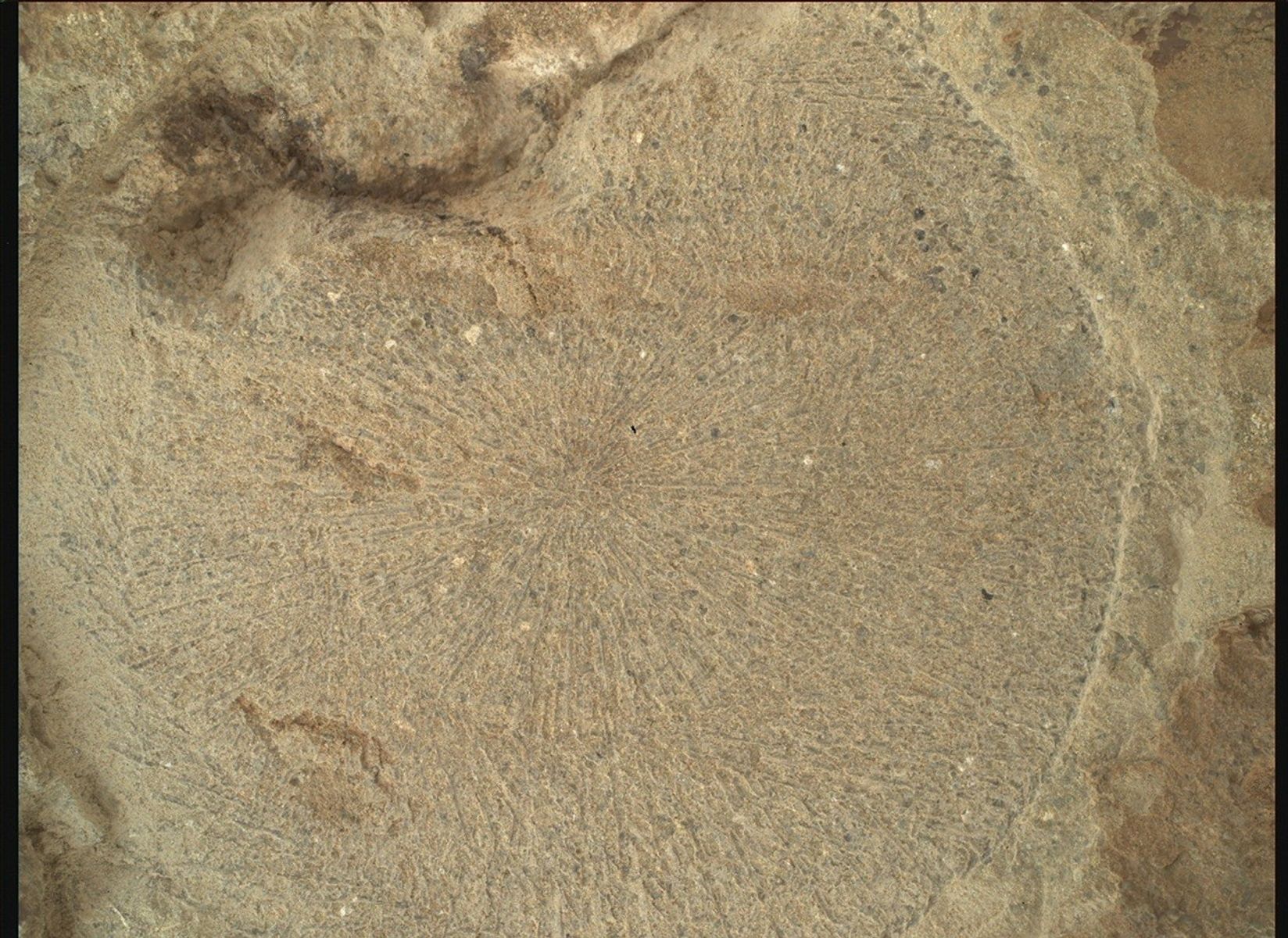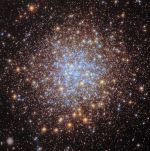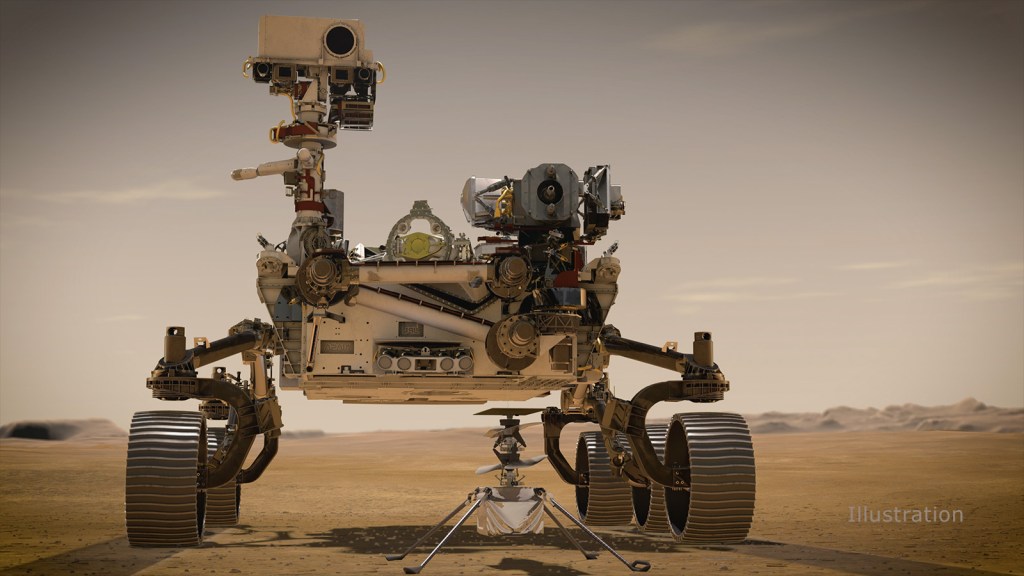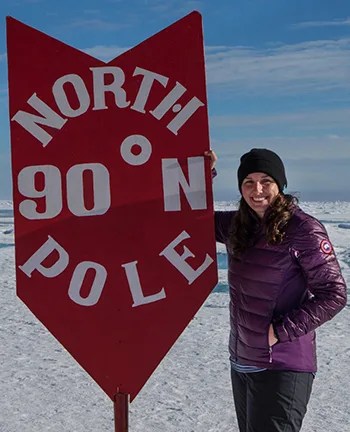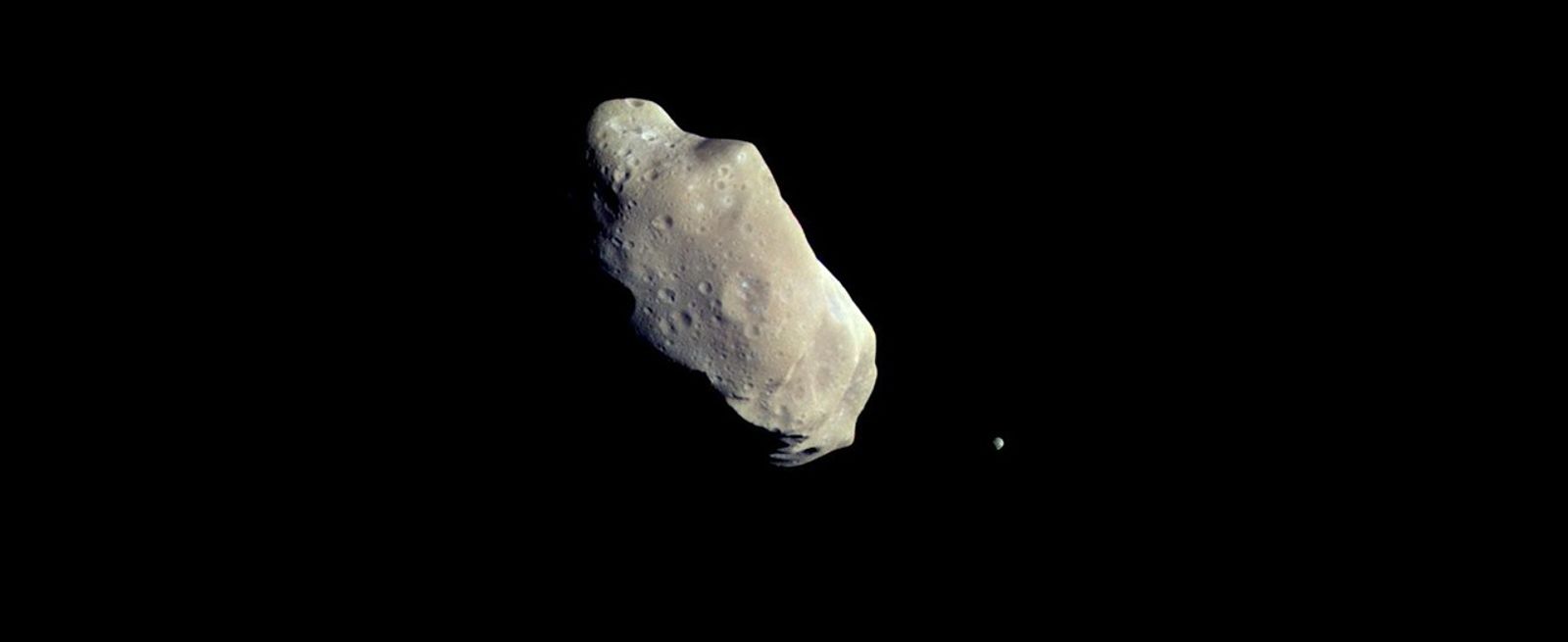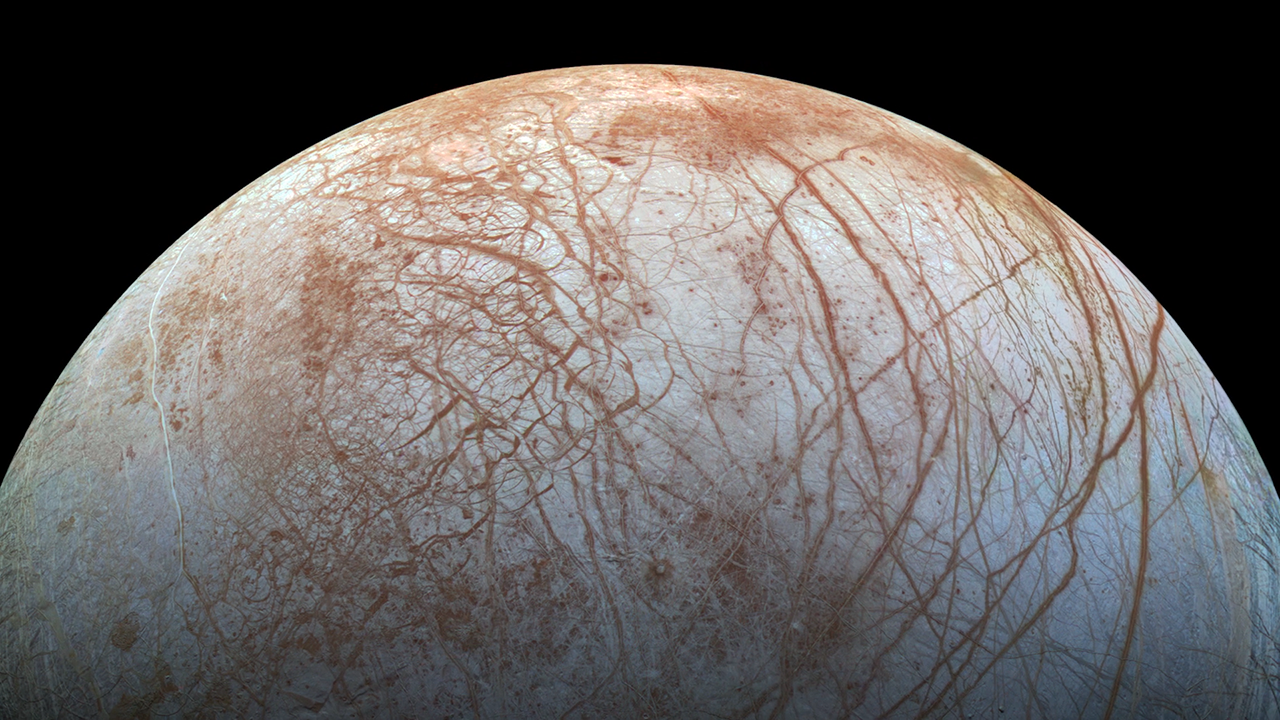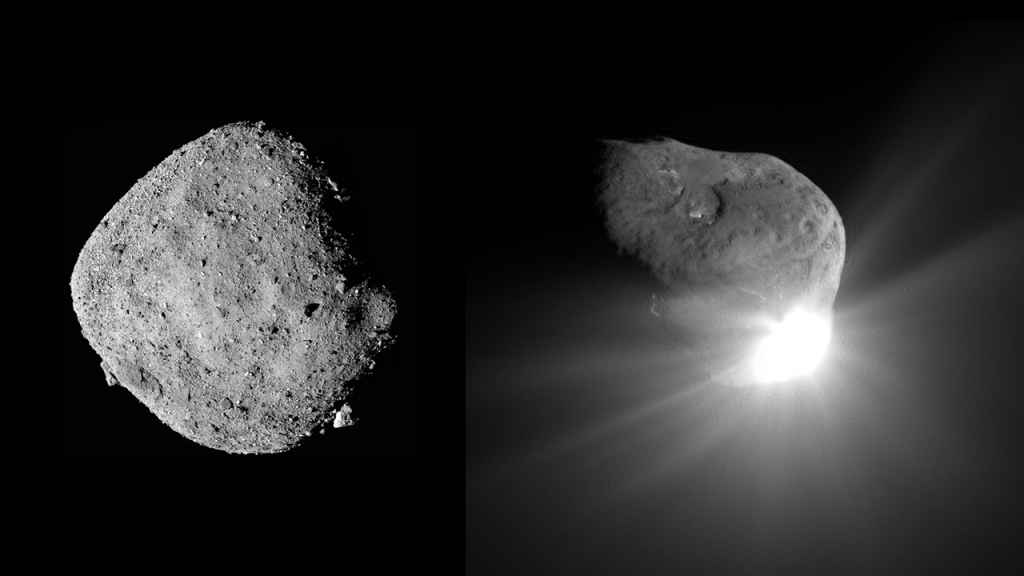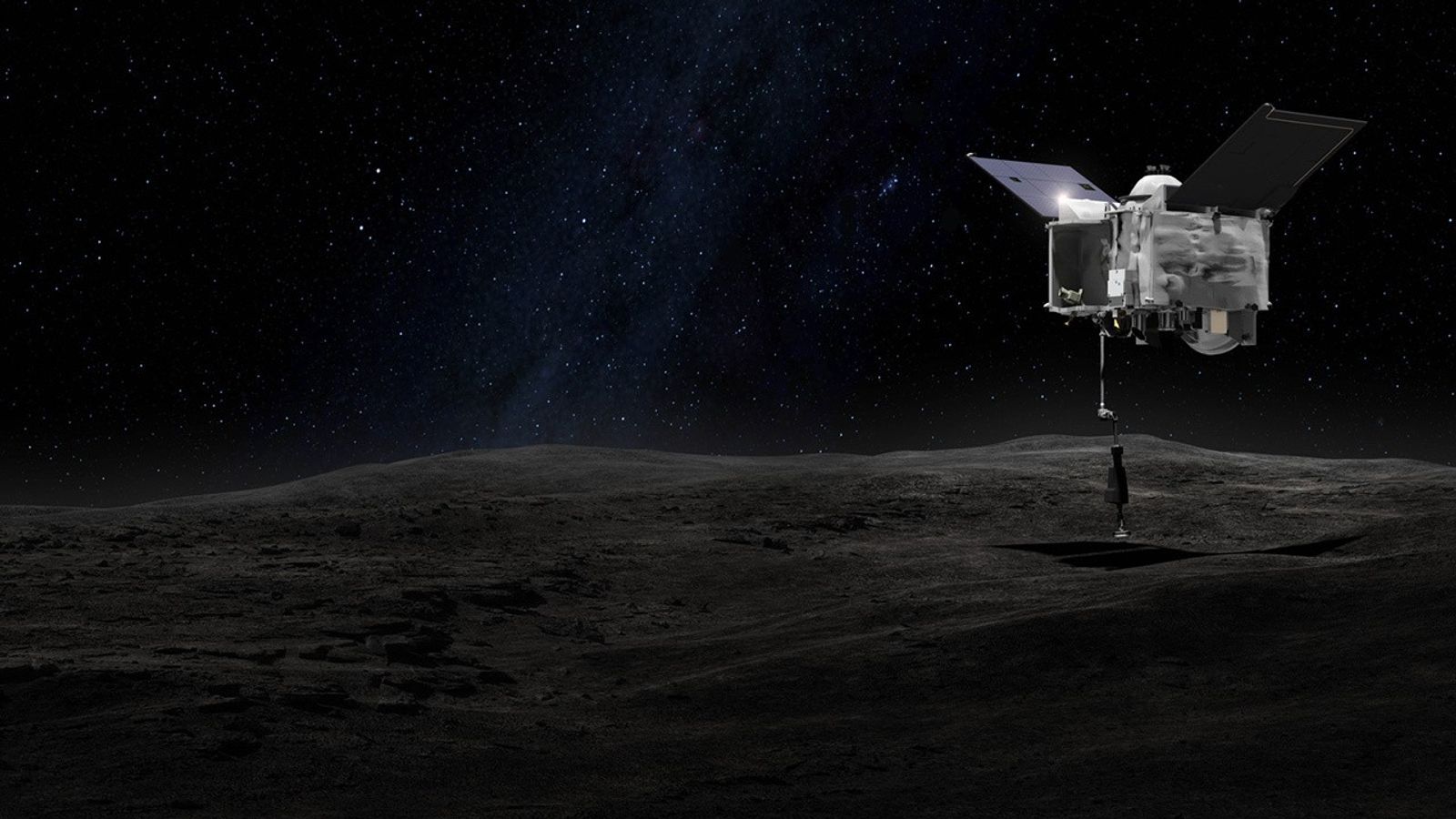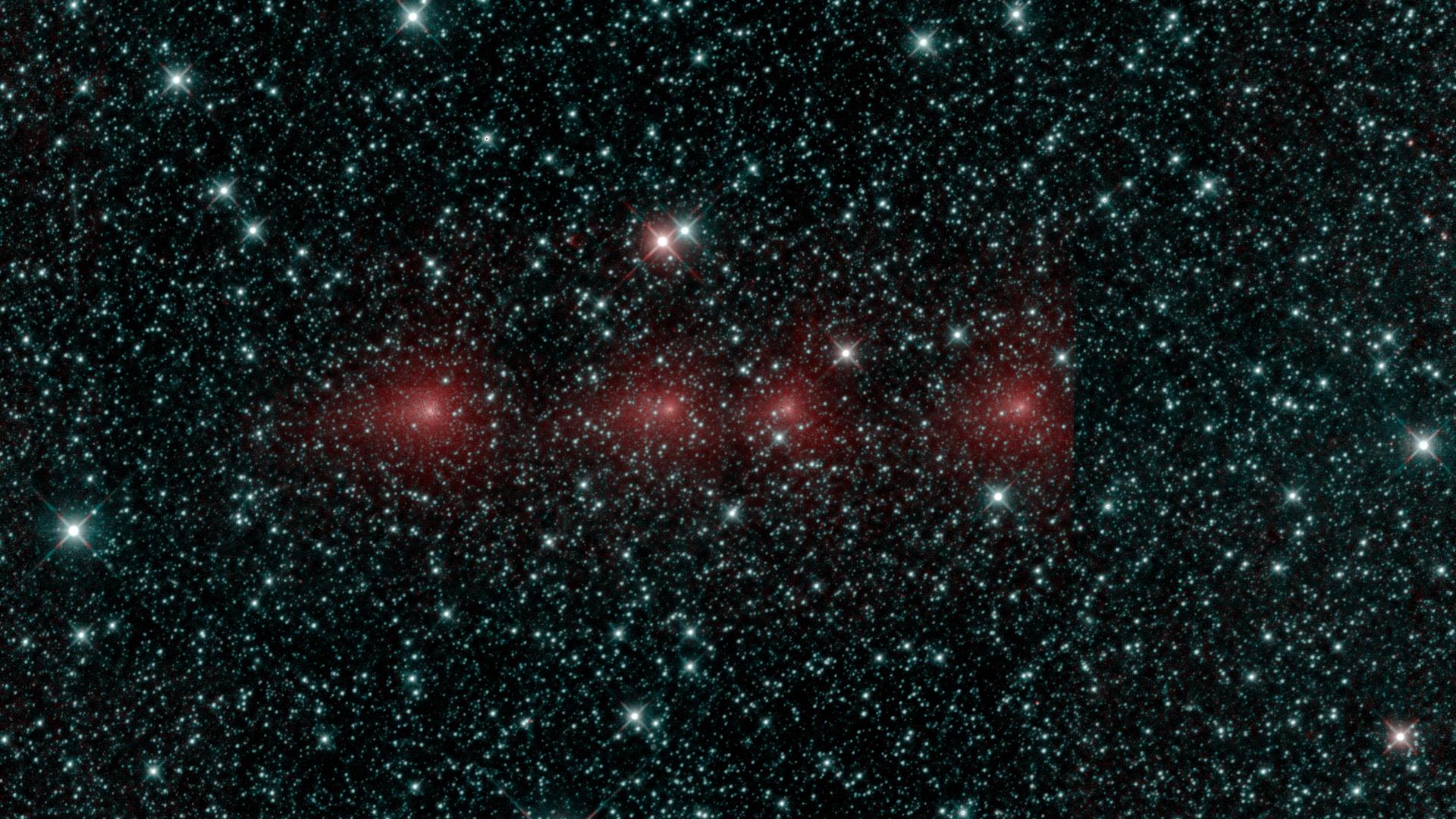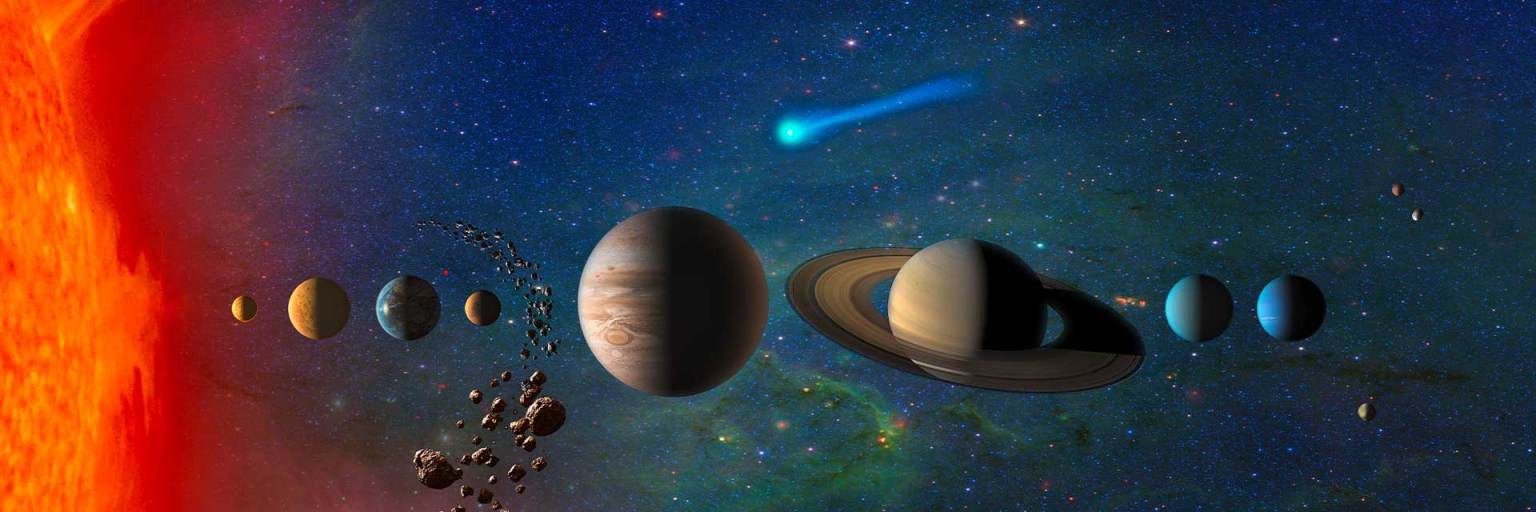
Solar System Exploration
Join us as we explore our solar system.
Planets
Dwarf Planets
10 THINGS about our solar system
Solar System Facts
Our solar system includes the Sun, eight planets, five officially named dwarf planets, hundreds of moons, and thousands of asteroids and comets.
Get the Facts
About the Planets
Learn about the inner planets, the outer planets, and the dwarf planets.
Explore the Planets
Moons in Our Solar System
Our solar system has hundreds of moons, and they come in many shapes and sizes.
Explore Moons
What if We Discovered an Asteroid Headed for Earth?
Skywatching Tips
-
-
Skywatching Hub
Get tips for photographing the Moon, guides, activities, and videos for skywatchers.
-
What is a Planet Parade?
Occasionally four or five bright planets can be seen simultaneously with the naked eye. These events, often called "planet parades."
-
-
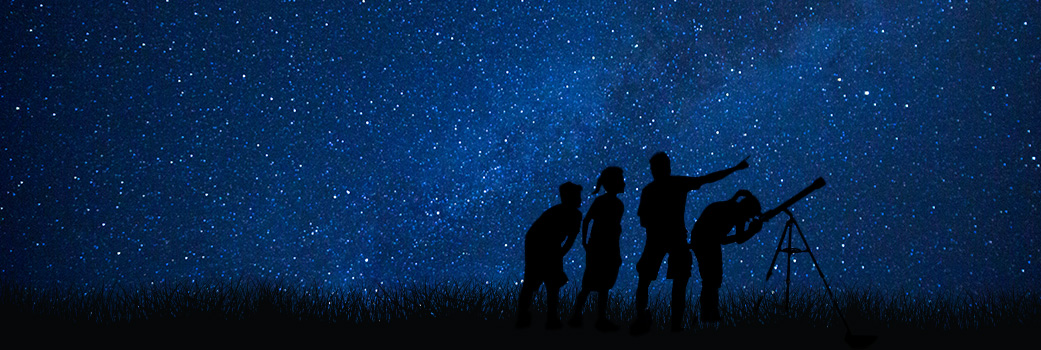
How To...
Explore NASA's tips and guides for observing and photographing the sky.


Use Binoculars for Skywatching
Binoculars are an excellent first "telescope" for skywatching.
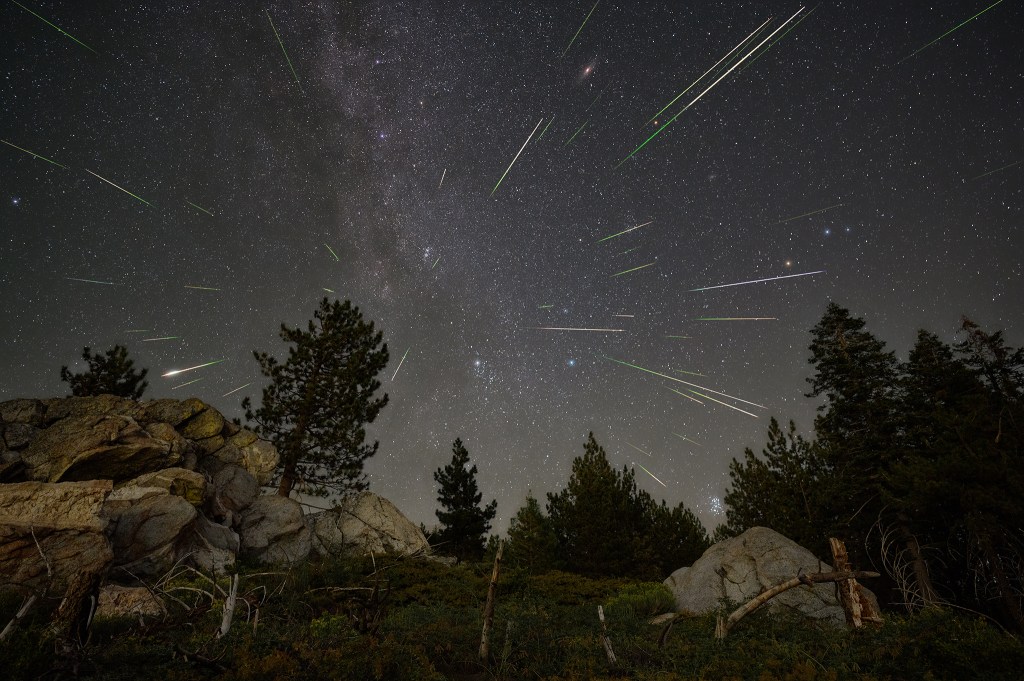
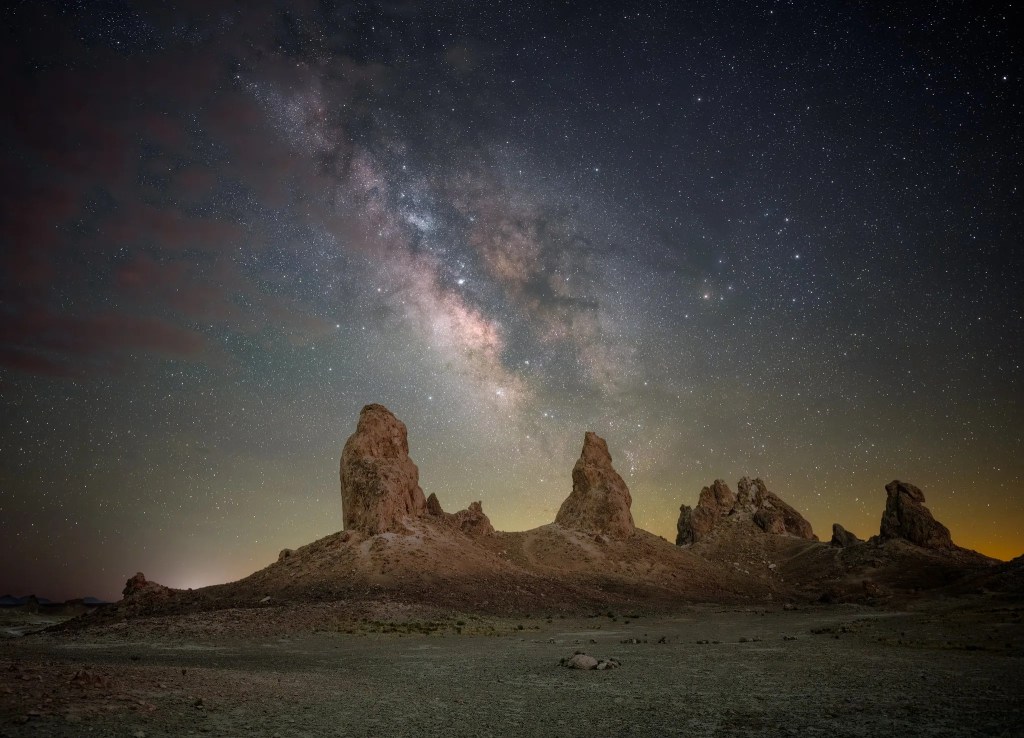
Eyes on the Solar System
Featured Missions
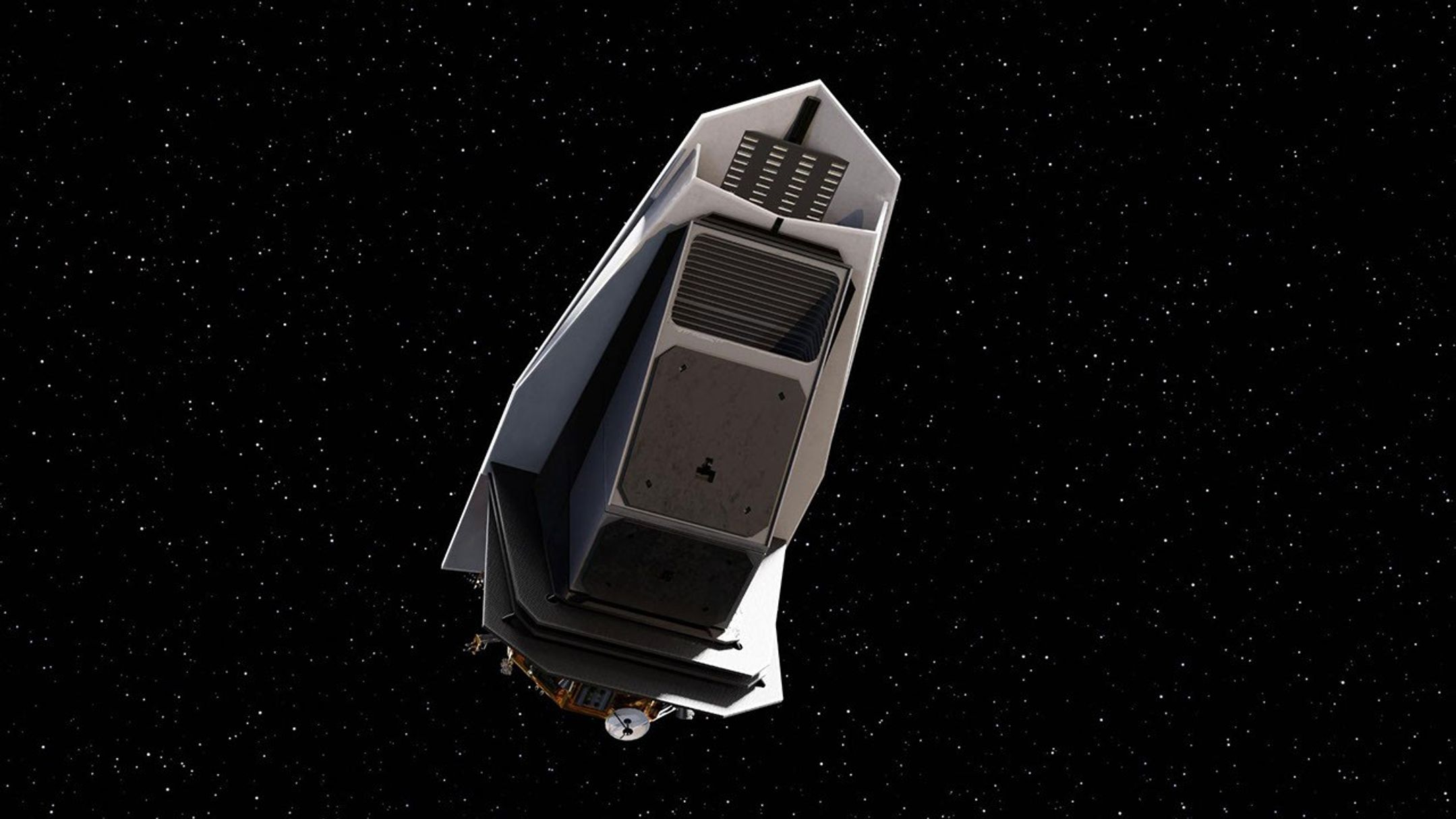
NEO Surveyor
NEO Surveyor will hunt asteroids and comets that are potential hazards to Earth. Launch is no earlier than September 2027.
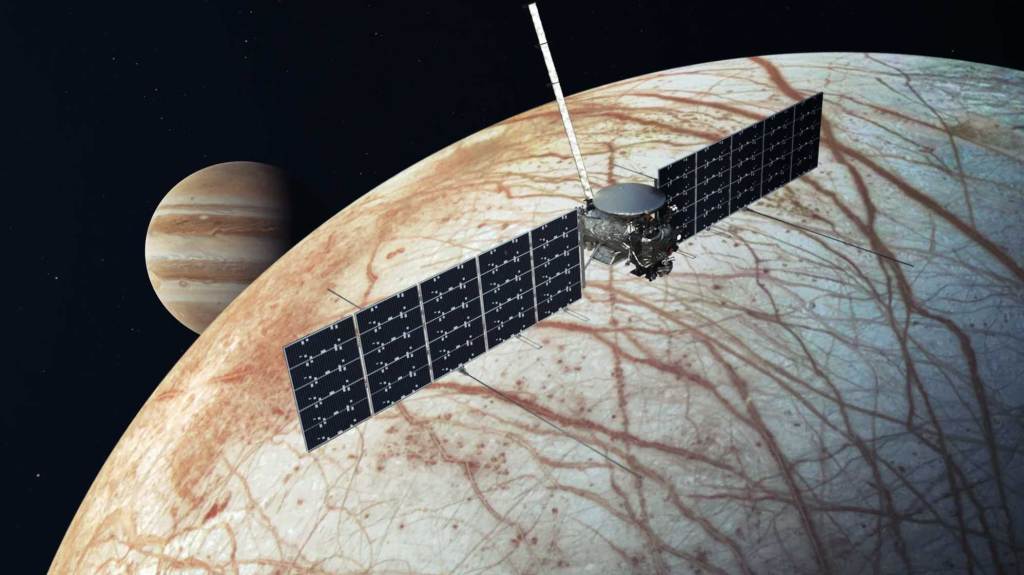
Europa Clipper
Europa Clipper launched Oct. 14, 2024, to conduct a detailed investigation of Jupiter's moon Europa.
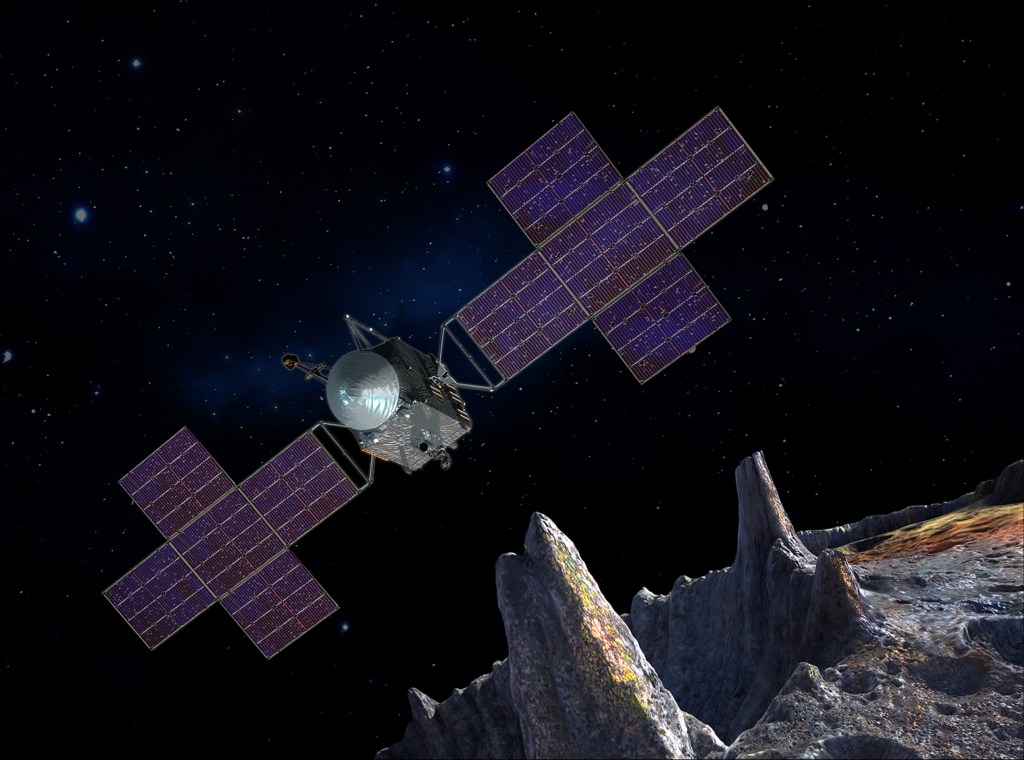
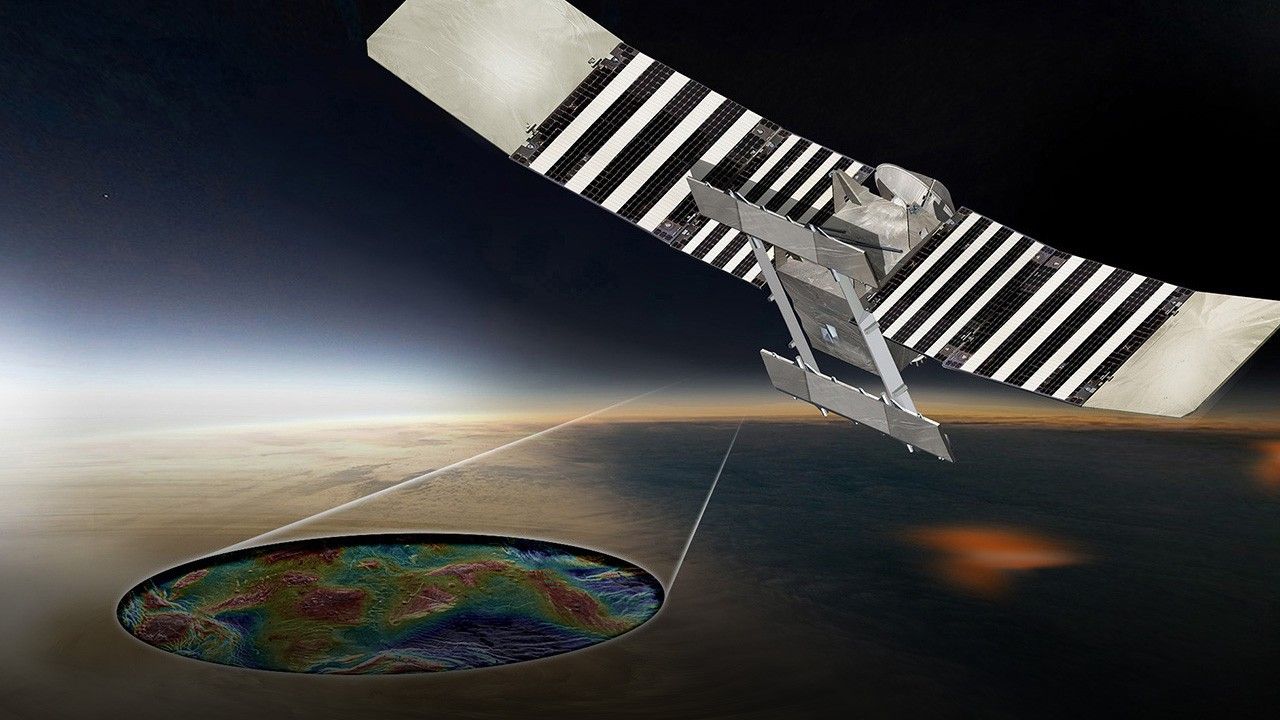
VERITAS
VERITAS and DAVINCI will be the first NASA spacecraft to explore Venus since the 1990s. VERITAS will launch no earlier than 2031.
Featured Articles
Resources
Explore curated collections of resources, including activities that can be done at home, as well as videos, animations, handouts, and online interactives.


